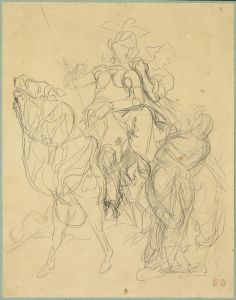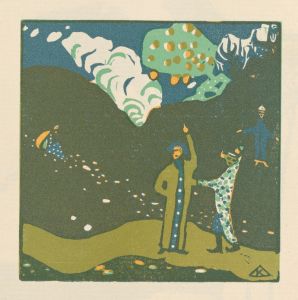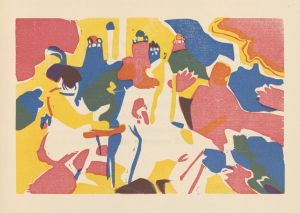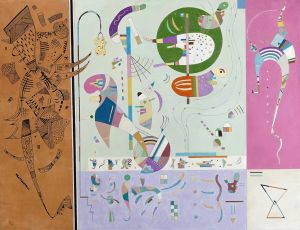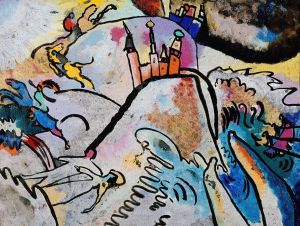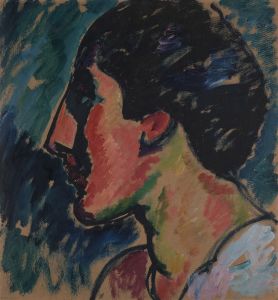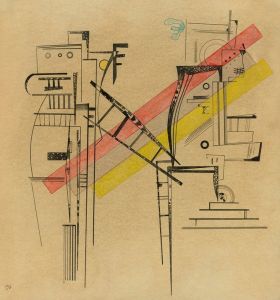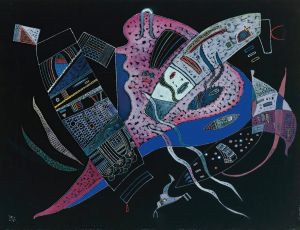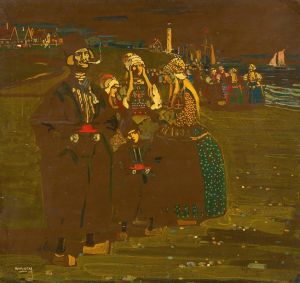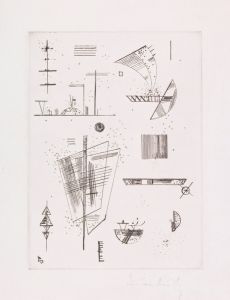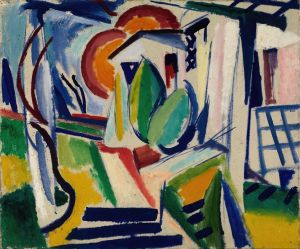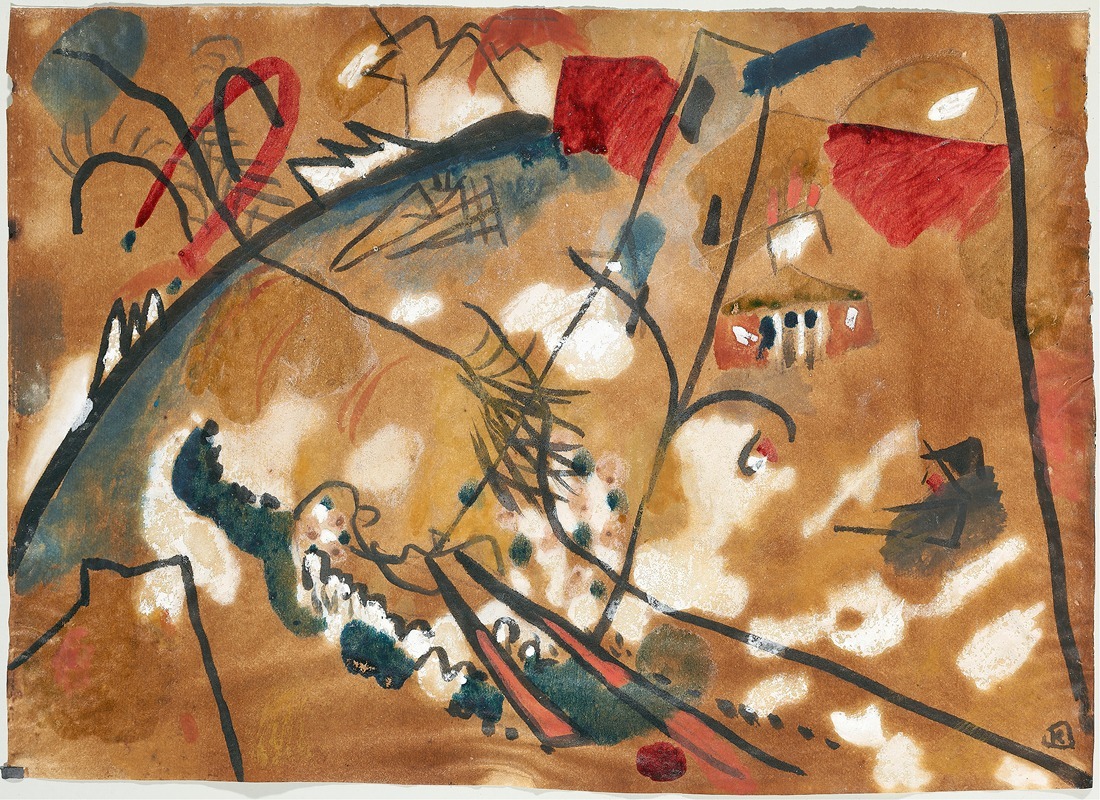
Draft for ‘Improvisation 24 ’
A hand-painted replica of Wassily Kandinsky’s masterpiece Draft for ‘Improvisation 24 ’, meticulously crafted by professional artists to capture the true essence of the original. Each piece is created with museum-quality canvas and rare mineral pigments, carefully painted by experienced artists with delicate brushstrokes and rich, layered colors to perfectly recreate the texture of the original artwork. Unlike machine-printed reproductions, this hand-painted version brings the painting to life, infused with the artist’s emotions and skill in every stroke. Whether for personal collection or home decoration, it instantly elevates the artistic atmosphere of any space.
"Improvisation 24" is a painting by the Russian artist Wassily Kandinsky, created in 1911. Kandinsky is often credited as one of the pioneers of abstract art, and his works are known for their vibrant colors and dynamic compositions. "Improvisation 24" is part of a series of paintings that Kandinsky titled "Improvisations," which he created between 1909 and 1914. These works are characterized by their spontaneous and expressive style, reflecting Kandinsky's interest in conveying emotions and spiritual experiences through abstract forms.
Kandinsky's "Improvisations" series was heavily influenced by his theoretical writings on art, particularly his book "Concerning the Spiritual in Art," published in 1911. In this book, Kandinsky articulated his belief that art should transcend the material world and express deeper spiritual realities. He argued that colors and forms could evoke emotions and that abstract art had the potential to communicate profound spiritual truths.
"Improvisation 24" exemplifies these ideas through its use of bold, non-representational forms and a vivid color palette. The painting features a dynamic composition with swirling lines and shapes that seem to move across the canvas. The colors are bright and varied, with blues, reds, yellows, and greens creating a sense of energy and movement. This visual dynamism is intended to evoke an emotional response in the viewer, rather than depict a specific scene or narrative.
Kandinsky's approach to painting was deeply influenced by his interest in music, which he saw as the most abstract of the arts. He often used musical terminology to describe his works, referring to them as "compositions," "improvisations," and "impressions." In "Improvisation 24," the term "improvisation" suggests a spontaneous and intuitive creation process, akin to a musician improvising a piece of music. This connection between visual art and music is a key aspect of Kandinsky's work and reflects his belief in the synesthetic potential of art.
The painting was created during a period of significant artistic experimentation and innovation in Europe. Kandinsky was a member of the Blaue Reiter (Blue Rider) group, an association of artists who sought to explore new forms of expression and break away from traditional artistic conventions. The group, which included artists such as Franz Marc and August Macke, was active in Munich from 1911 to 1914 and played a crucial role in the development of abstract art.
"Improvisation 24" is housed in the Staatsgalerie Stuttgart, a major art museum in Stuttgart, Germany. The museum's collection includes a significant number of works by Kandinsky, reflecting his importance in the history of modern art. The painting is considered an important example of Kandinsky's early abstract work and is often studied for its innovative approach to form and color.
In summary, "Improvisation 24" by Wassily Kandinsky is a notable work of abstract art that exemplifies the artist's theories on the spiritual and emotional potential of non-representational forms. Created in 1911, the painting is part of a series that reflects Kandinsky's interest in music and his belief in the power of art to convey deeper spiritual truths. The work is housed in the Staatsgalerie Stuttgart and remains an important piece in the study of early 20th-century abstract art.






